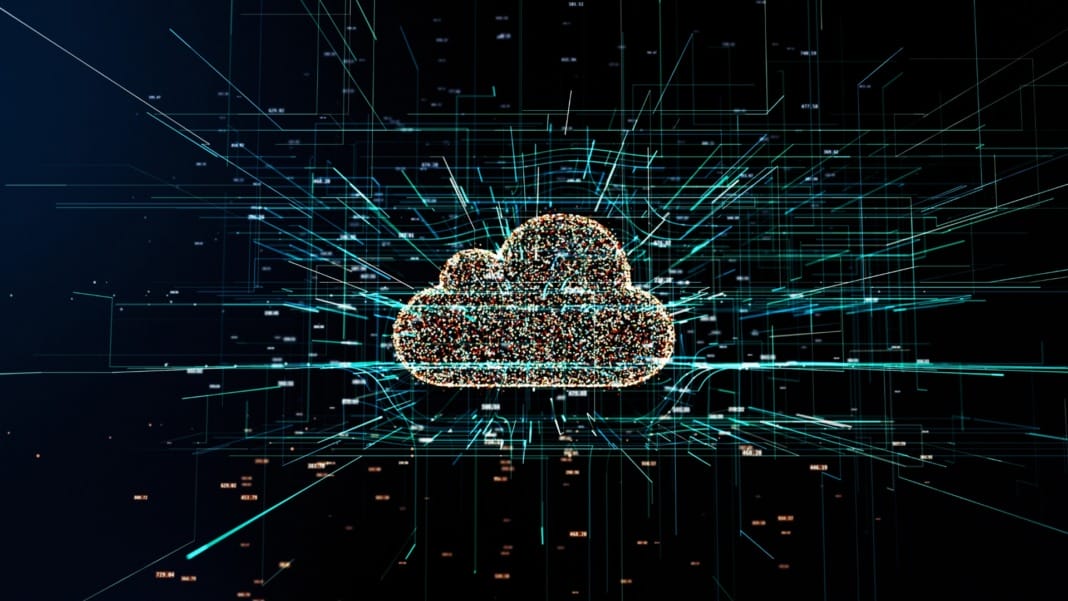When the internet falters, so does modern life. The recent global outage left millions of people unable to access banking services, social media platforms, and essential applications. For individuals, it caused temporary inconvenience. For businesses, it served as a reminder of how fragile digital operations remain. Despite the maturity of cloud computing and the growth of multi-cloud capabilities, a single outage can still disrupt global connectivity and reveal how dependent organisations have become on a few centralised providers.
Cloud outages are not rare occurrences. Even the most reliable hyperscalers, with vast infrastructure spanning continents, occasionally face downtime. Each time this happens, the financial and reputational impact can be substantial. For companies that rely on continuous digital operations, service interruptions translate into lost revenue, damaged trust, and, at times, regulatory scrutiny. This has prompted a growing discussion about resilience and redundancy, and whether enterprises are doing enough to prepare for inevitable disruptions.
The technology to distribute workloads across different clouds already exists. Multi-cloud strategies allow businesses to harness the strengths of various providers while avoiding dependency on any single one. Yet, adoption has been slower than expected. The question is not whether the tools are available, but why many organisations have not yet fully embraced them.
Building resilience beyond one cloud
“Cloud outages have only highlighted the vulnerability of one cloud deployment. Even the largest cloud hosts suffer from outages. Having all your digital eggs in one cloud basket leaves businesses at risk of serious failure,” said Jamil Ahmed, Director and Distinguished Engineer at Solace.
He explained that genuine resilience begins with how a company designs its infrastructure. “Businesses need to build a buffer that enables them to remain operational and ride the outages. That comes down to how the workload is transferred and handled by another cloud provider,” he added.
The principle is simple: when one cloud falters, another should take over without human intervention or visible disruption. This requires systems that can automatically detect failures, reroute traffic, and maintain data consistency. For most organisations, this level of preparedness requires more than additional servers or redundant storage. It demands an architectural shift toward distributed, event-driven systems that treat downtime as a predictable scenario rather than a surprise.
A single-cloud approach may be convenient in the short term, especially when vendors promise integrated tools and streamlined management. However, it creates hidden dependencies that can prove costly later. True resilience depends on diversity. When workloads are intelligently spread across multiple environments, the failure of a single provider becomes an operational inconvenience rather than a crisis.
The rise of event-driven architecture
This is where event-driven architecture, or EDA, plays a crucial role. Instead of relying on traditional request-and-response models, EDA enables systems to react in real time to data as it flows through an organisation. It allows different applications and services to communicate through events, providing greater flexibility and agility when shifting workloads between clouds or even between regions.
According to Ahmed, “Businesses that proactively adopted multi-cloud strategies with the safeguard of event-driven architecture are already reaping the benefits of stronger and more resilient infrastructures. Now, even more businesses can follow suit and unlock the potential of a multi-cloud future.”
At the centre of this architecture is what Ahmed calls the “event mesh”. It acts as a unifying layer that connects multiple environments into a single, coherent system. Through this mesh, data can move seamlessly across private clouds, public clouds, and on-premises infrastructure without manual configuration.
By deploying event brokers within the mesh, organisations can dynamically distribute workloads. This means that if a particular cloud experiences degradation, another environment can immediately take over processing tasks. It also opens the door to operational advantages such as cost optimisation. When cloud providers offer temporary pricing or performance benefits, workloads can be shifted accordingly, creating not just resilience but efficiency.
This fluidity is the foundation of modern multi-cloud operations. It transforms the cloud from a static resource into a responsive network of services. With EDA, resilience becomes measurable, automated, and strategic rather than reactive.
Why many enterprises still hesitate?
Despite its advantages, widespread adoption of multi-cloud and event-driven systems has been uneven. Some organisations are constrained by legacy systems that were never designed for the level of distributed flexibility required. Others are hesitant due to the perceived complexity of managing multiple cloud vendors simultaneously.
Migrating from a single-provider setup often involves significant investment in planning, integration, and skill development. Security and compliance requirements can also become more intricate when data spans multiple jurisdictions. For smaller businesses, these factors appear daunting enough to delay transformation, even if the long-term benefits are clear.

Another reason for hesitation is organisational inertia. Many companies still view cloud strategy primarily through the lens of cost rather than continuity. The emphasis tends to be on short-term savings instead of sustained operational resilience. Yet, the growing frequency of outages suggests that resilience should now be considered a core performance metric rather than an optional safeguard.
Leaders who recognise this shift are rethinking how their systems interact with the cloud. They are prioritising interoperability, vendor neutrality, and automation. Instead of focusing solely on how fast their applications run, they are asking how quickly their systems can recover when something goes wrong.
Continuity as a competitive advantage
Customers have come to expect services that never stop. When an outage occurs, most users do not care which cloud provider failed. What matters is whether they can still complete a payment, stream a video, or access their files. That expectation has changed the definition of resilience. It is no longer about avoiding incidents but about maintaining seamless continuity during them.
The ability to recover without visible interruption has become a differentiator. Enterprises that design for resilience gain not only operational stability but also customer confidence. In competitive sectors such as financial services, logistics, and retail, uninterrupted performance can directly influence brand reputation and customer loyalty.
Ahmed emphasised this point: “Businesses using an event-driven architecture already have a powerful built-in event mesh. That means they can dynamically shift workloads across clouds and be confident that their underlying tech stack ensures a multi-region, multi-cloud agnostic approach.”
This approach reframes resilience as a business advantage. When continuity is built into the system, enterprises can innovate more freely, expand geographically with fewer technical barriers, and meet compliance demands more efficiently. EDA-supported multi-cloud environments make this possible by blending flexibility with predictability.
A new mindset for digital infrastructure
The lessons from recent outages are clear. Dependency on a single cloud provider creates unnecessary risk. The future belongs to systems that can adapt instantly to disruption and continue operating without compromise. This requires not just technological change but also a cultural one.
Enterprises must start viewing resilience as a form of innovation. Just as they invest in product development or data analytics, they must invest in infrastructure that ensures availability under any condition. That means integrating EDA principles into the earliest stages of design and planning, not as an afterthought once systems are deployed.
The pace of digital transformation across the Asia-Pacific has created both opportunities and vulnerabilities. As more industries digitise operations, from manufacturing to finance, the potential consequences of downtime grow more serious. A single point of failure can now ripple through global supply chains, disrupt financial transactions, and even affect critical public services.
For technology leaders, this is a moment to act rather than react. By embracing multi-cloud strategies and adopting event-driven architecture, organisations can move towards a state of constant readiness. They can transform uncertainty into confidence and ensure that the next outage, whenever it comes, will not define their future.
Resilience has become a frontline capability that directly shapes customer experience, financial performance, and brand trust. Businesses that recognise its importance will not just survive disruption but emerge stronger, turning their ability to recover and adapt into a lasting competitive edge.





